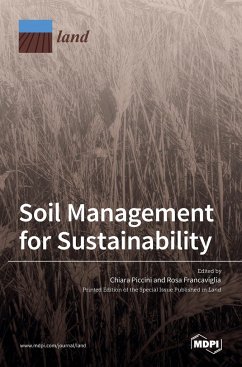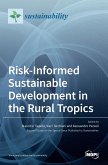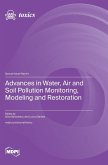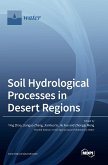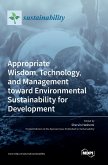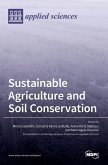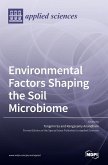With 17 papers and authors from Canada, China, the Czech Republic, Germany, Greece, Italy, Nigeria, South Africa, Sweden, Tanzania, Thailand, and the United States of America, the response to this Special Issue was excellent. A set of papers addressed soil carbon and nutrient content evaluation. Livsey et al. assessed the effects of irrigation and fertilization in low-intensity and high-intensity commercial production systems on the SOC, total N and total P concentrations and stocks. Seboko et al. characterized SOC stocks in a highly urbanized and contaminated area in Johannesburg city. Qin et al. studied a natural forest and banana plantations with different cultivation ages in subtropical China, to evaluate the supply capacity of inorganic N through the gross mineralization and nitrification rates. Xie et al. assessed the effect of different soil reclamation treatments on soil nutrient contents, pools, and their stoichiometric ratios in a coastal tidal land. Mikhailova et al. estimated the value of regulating ES from soil organic carbon, as well as the dependance of ES on soil diversity/pedodiversity. Other papers studied soil water infiltration as affected by soil water retention characteristics with estimation methods (An et al.), soil functionality and biodiversity following the establishment of new vineyards (Gagnarli et al.), a review of soil protection in floodplains (El Hourani and Broll) and the reclamation of mining sites (Omari et al.). Different approaches of geospatial modeling and predictive mapping were presented. Bascietto et al. coupled the normalized difference vegetation index with different soil physical/chemical parameters, to identify the properties linked to within-field variability in productivity. John et al. used different machine learning algorithms and 21 auxiliary data, including soil nutrient indicators, for SOC prediction in a flat alluvial soil. Kairis et al. applied and compared two soil mapping methodologies, to provide a more accurate soil description for sustainable land-use management. Liu et al. explored the effects of households' land-use behaviors on soil K from spatial and temporal perspectives. Piccini et al. provided a regional spatial evaluation of SOC, soil texture, and SOM levels based on the soil texture from point data. Wu et al. evaluated soil quality in the dry season with regard to soil-quality improvement in the rainy season according to the spatial distributions of soil nutrient indicators. Zhao et al. conducted a multi-functional evaluation of soil, assessing the primary productivity, provision and cycling of nutrients, provision of functional and intrinsic biodiversity, water purification and regulation, carbon sequestration and regulation of cultivated land.
Hinweis: Dieser Artikel kann nur an eine deutsche Lieferadresse ausgeliefert werden.
Hinweis: Dieser Artikel kann nur an eine deutsche Lieferadresse ausgeliefert werden.

